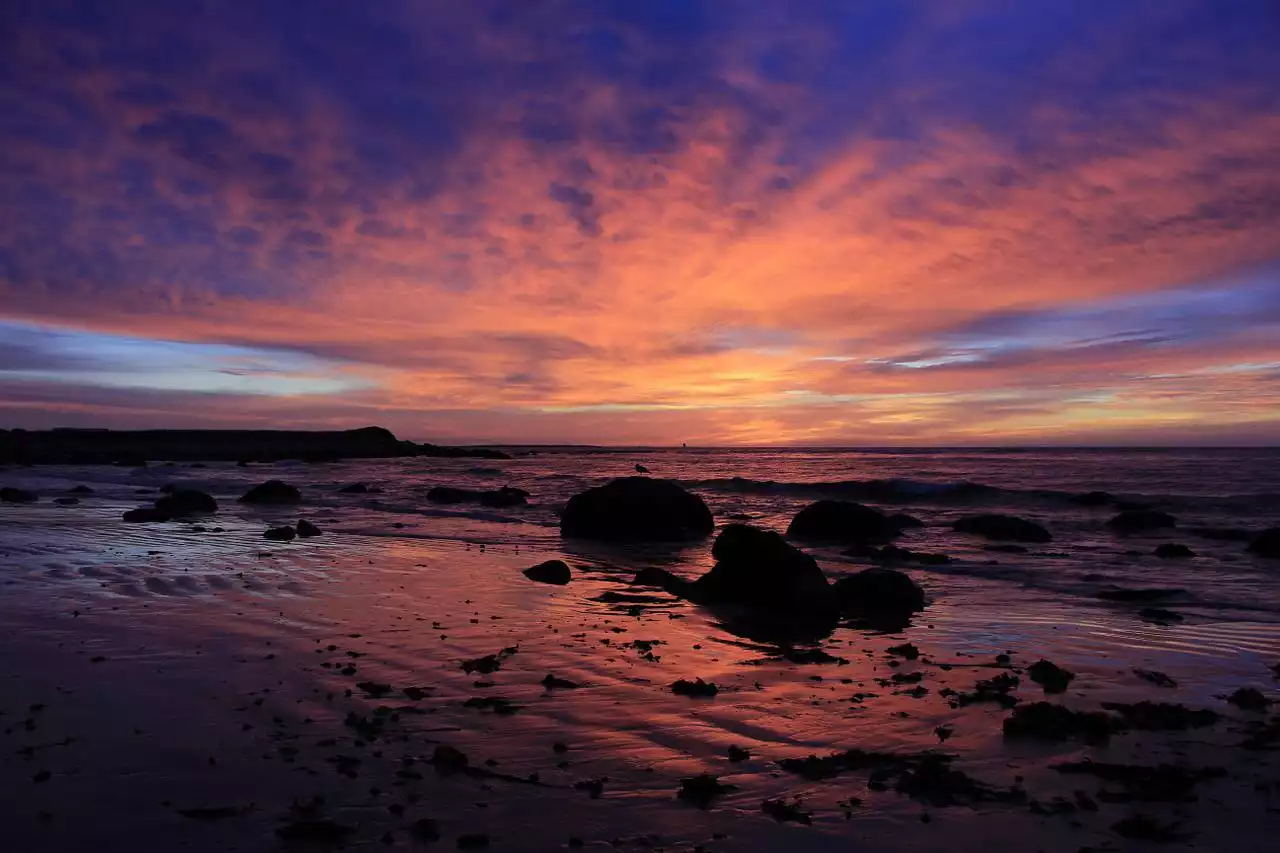The 1970s saw punk, funk, disco and a lot of other subgenres emerge as the decade progressed. The 70s also saw the end of the hippie movement and a return to more conservative values. In music, this meant that there was less experimentation with the genre and a return to more traditional blues-based rock and roll. However, despite the changes in social attitudes, there were many artists who kept pushing the boundaries of what was possible with music. From rockabilly to punk and everything in between, here is a list of some of the most popular genres of music from this era.
Psychedelic Rock
One of the most popular genres of music from the 1970s was psychedelic rock. Much like today, there were many types of bands who played this style. However, unlike today, all of these bands shared a common link. Psychedelic rock music was all about experimentation and pushing boundaries with sound itself. From psychedelia to folk-rock, this genre has a little bit of everything. Artists like The Rolling Stones and The Grateful Dead are some of the most well-known artists outside of this genre.
Blues-based rock
The most popular genre of music in the 1970s was, without a doubt, rock and roll. The decade saw the rise of many new subgenres, but the base of most of these styles was still rooted in blues-based rock and roll. This genre had originated in the 1950s with artists like Elvis Presley and Jerry Lee Lewis, but it would reach its pinnacle in the 1960s before giving way to other styles. In concert with this change, musicians became more experimental with their sounds as well as their lyrics. Perhaps one of the best examples is Bob Dylan's 1975 album Blood on the Tracks which has a mix of emotional ballads and songs that are often considered autobiographical. This album also marked a transition from folk to country for many listeners.
Heavy Metal
Heavy metal emerged from the hard rock of the late 1960s and early 1970s. Heavy metal's roots can be traced back to bands like Led Zeppelin and Black Sabbath, who started experimenting with heavy guitar riffs and harsh vocals in the late 60s. As time went on, bands like Judas Priest and Iron Maiden helped popularize a genre that would become known as heavy metal.
Disco and Electronic Music
Disco was the most popular genre of the era. It is a dance music style that emerged in the mid-1970s from New York. It combines elements of soul, funk, and Latin with traditional American dance and pop music. Disco became a worldwide phenomenon that for a time eclipsed rock music as the dominant form of popular music. Disco also saw an explosion in studio production techniques like synthesizers and vocoders that would shape electronic music for decades to come. Electronic music enjoyed its own resurgence in the 1970s. With disco becoming more mainstream, many artists began experimenting with other styles of electronic sound. One of those styles was synthpop, which combined artful melodies with the new synthesizer technology to create a unique soundscape unlike anything heard before on mainstream radio stations. Other electronic musical genres that emerged during this time include house, techno, hip hop and electro-funk.
Latin and Spanish Music
Latin and Spanish music from the decade emerged as a new genre with artists like Carlos Santana, the Buena Vista Social Club, Maná, and Selena. These artists combined rock and blues with traditional Latin styles and often incorporated African rhythms as well. Latin music is still hugely popular today, but in the 1970s it was on the rise as an entirely new genre. This was largely thanks to the political climate of America at the time that made people feel like they were living in a cultural melting pot. In addition to Latin music, there was also some crossover into Cuban styles such as salsa, which was popularized by groups like Celia Cruz & Willie Colon. In general, this period of time saw an increased interest in all things Hispanic.
Conclusion
The 70s were a time of change. Artists experimented with new musical genres, often incorporating outside influences. The result was a diverse musical landscape. Rock n' Roll was the dominant genre of the decade. It became the most popular music genre in the United States, due in part to the emergence of FM radio. Artists such as the Rolling Stones and Creedence Clearwater Revival helped keep rock alive, while new artists like Aerosmith and AC/DC helped establish rock as a genre of its own. Psychedelic rock was also a popular genre of music in the 1970s. Artists such as Pink Floyd, The Grateful Dead and Black Sabbath played an important role in shaping this genre. Blues-based rock emerged as a major genre in the 1970s. This genre was largely driven by British blues-rock bands like Led Zeppelin and Eric Clapton. Heavy metal emerged in the 1970s as well. This genre was largely driven by British bands such as Black Sabbath, Deep Purple and Judas Priest, who helped establish heavy metal as an international phenomenon. Disco and electronic music became popular in the 1970s.


 Warner Bros Film Studio in the Heart of Hollywood
Warner Bros Film Studio in the Heart of Hollywood
 The history of Jackson Guitars
The history of Jackson Guitars
 Top 5 Recipe Sites in the World
Top 5 Recipe Sites in the World Reliving the Magic of 70s Music and its Enduring Influence
Reliving the Magic of 70s Music and its Enduring Influence Pop Culture and Fashion in the seventies
Pop Culture and Fashion in the seventies The Nineteen 70s and Music Festivals
The Nineteen 70s and Music Festivals Music, Drugs and the Songs they were written for in the 1970s
Music, Drugs and the Songs they were written for in the 1970s